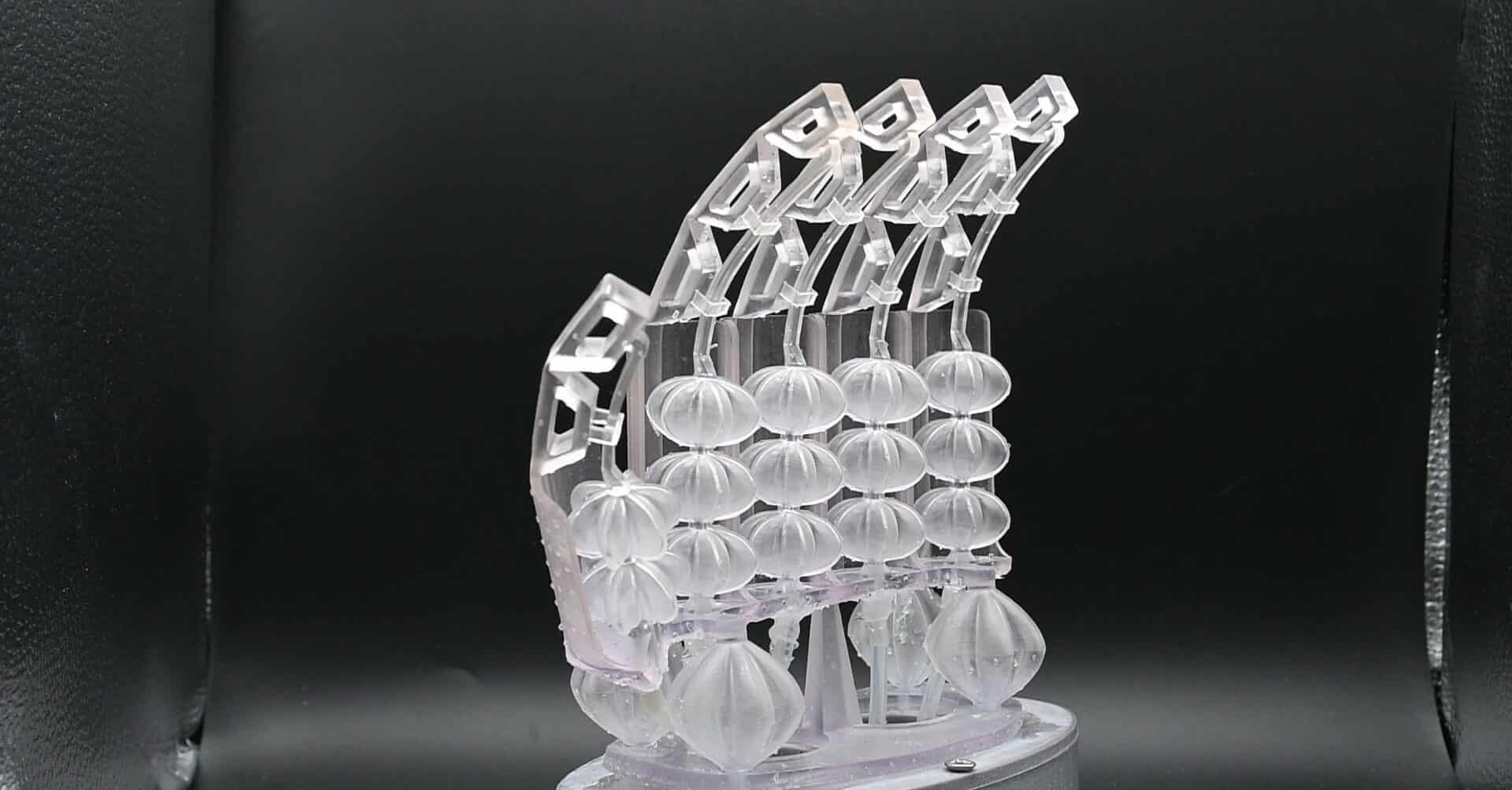
Researchers from the Fraunhofer Cluster of Excellence Programmable Materials (CPM) developed materials that can be programmed in such a way that pressure on one point will result in changes across other regions. This could help reduce bedsores and provide optimal support for patients. In addition, they would create added value through product adaptation according to users’ needs, writes Fraunhofer in a press release.
Materials and microstructuring
So, how can we program materials? “Essentially, there are two key areas where adjustments can be made: the base material – thermoplastic polymers in the case of mattresses and metallic alloys for other applications, including shape memory alloys – and, more specifically, the microstructure,” explains Dr. Heiko Andrä. He’s a spokesperson on the topic at the Fraunhofer Institute for Industrial Mathematics ITWM, one of the Fraunhofer CPM core institutes.
“The microstructure of these metamaterials is made up of unit cells that consist of structural elements such as small beams and thin shells,” he adds. In conventional materials – like foams – the size of each unit cell and its structural elements vary randomly. These elements can be defined in programmable materials. This programming can be made, for example, in such a way that pressure on a particular position will result in specific changes at other regions of the mattress, i.e., increase the size of the contact surface and provide optimal support to certain areas of the body.

Materials can also react to temperature or humidity
The change in shape that the material should exhibit and the stimuli to which it reacts – mechanical stress, heat, moisture, or even an electric or magnetic field – can be determined by the choice of material and its microstructure. “The programmable materials allow adapting products to the specific application or person so that they are more multifunctional than before. As such, they do not need to be swapped out as often. It is particularly interesting in the context of material saving and sustainability,” says Franziska Wenz, deputy spokesperson on the topic at the Fraunhofer Institute for Mechanics of Materials IWM, another core institute of Fraunhofer CPM. This can also create added value, whereby products are adapted to the individual needs of the users.
Selected for you!
Innovation Origins is the European platform for innovation news. In addition to the many reports from our own editors in 15 European countries, we select the most important press releases from reliable sources. This way you can stay up to date on what is happening in the world of innovation. Are you or do you know an organization that should not be missing from our list of selected sources? Then report to our editorial team.







